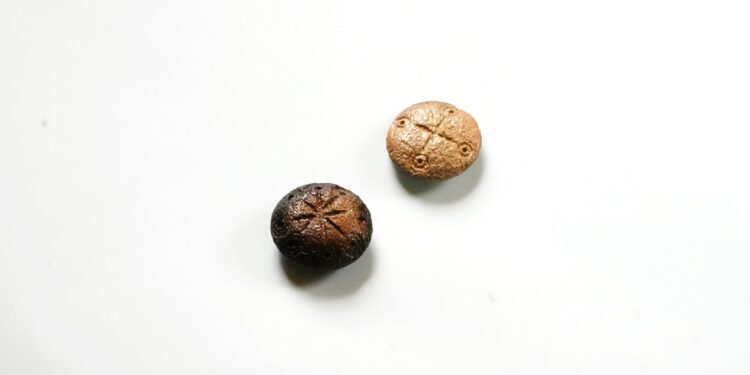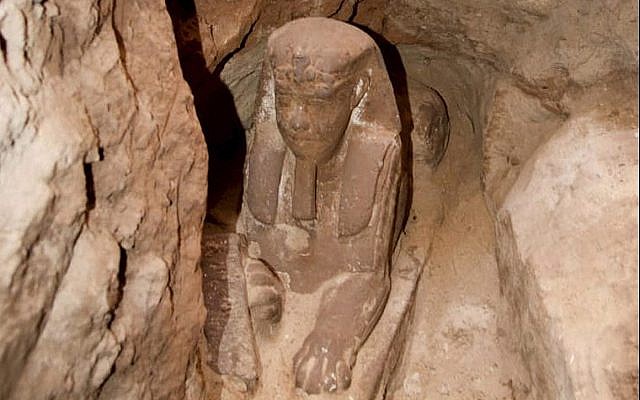Archaeologists in Turkey have uncovered remnants of an ancient Roman board game, offering new insights into the military tactics and leisure activities of soldiers stationed in Hadrianopolis, a historic city dating back to the Roman era. The discovery, consisting of two carved bone game pieces, suggests that Roman troops engaged in strategic gameplay to sharpen their battlefield skills.
Roman Soldiers and Strategy Games: A Connection to Warfare
While Roman legions are often remembered for their disciplined formations and relentless conquests, downtime was also an essential part of military life. In addition to physical training and strategic drills, soldiers likely honed their tactical thinking through games. The recent find supports this notion, indicating that games resembling checkers or backgammon may have played a role in military education.
According to archaeologist Ersin Celikbas from Karabuk University, the unearthed artifacts align with known Roman board games such as Ludus Latrunculi (Game of Mercenaries) and Doudecim Scripta. These games, commonly played with bone tokens, were believed to be popular among soldiers due to their emphasis on strategy, positioning, and capturing opponents—paralleling real-life battle tactics.
Deciphering the Symbols: What the Game Pieces Reveal
The two recovered pieces, about the size of a half-dollar coin, bear unique etchings. One features a four-armed symbol, while the other has eight arms, each ending with distinct punctuation marks. Celikbas suggests these markings could indicate the value of each piece or serve as guides for players in determining their next move.
Although the exact rules of these games remain elusive, historians believe that Ludus Latrunculi, derived from the Greek game Petteia, involved surrounding and isolating an opponent’s piece to claim victory—mirroring the Roman military’s real-world encirclement tactics. Meanwhile, Doudecim Scripta likely resembled an early form of backgammon, with elements of chance and skill influencing gameplay.
A Glimpse Into Hadrianopolis’ Military Past
Hadrianopolis, located in modern-day Turkey, is renowned for its intricate mosaics and architectural remnants. The discovery of these game pieces adds another layer to the city’s history, reinforcing the presence of a Roman military unit from the second to fifth century A.D.
“The presence of a Roman headquarters and a Roman unit in Hadrianopolis, from the second to the fifth century A.D., as well as the existence of the Roman fortress, are clearly supported by these findings,” Celikbas explained.
With ongoing excavations at the site, researchers hope to uncover more clues that could help reconstruct a complete set of rules for these ancient games. The findings not only highlight how soldiers balanced warfare with recreation but also provide a tangible link between past and present strategic thinking.











